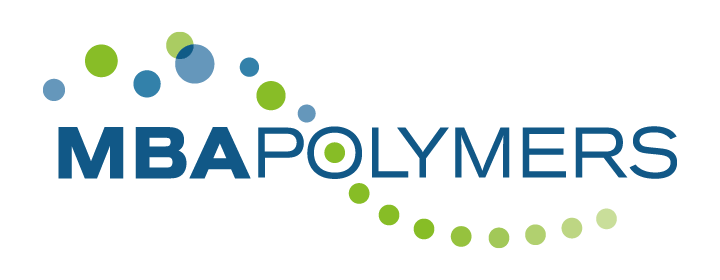Community group donates plastic bottle tops for recycling
A community group in Sussex, UK, is supporting MBA Polymers by collecting and donating used plastic bottle tops for recycling on a regular basis.
Cuckfield Local began collecting plastic milk bottle tops in 2013. A team of volunteers works hard to raise awareness of the collection via its village newsletter, and holds a ‘Cap it off’ collection once a month at the local food market. As market goers and local residents got into the swing of donating their milk bottle tops, Cuckfield quickly scaled up its collection to encompass all types of hard plastic bottle tops.
The group soon came to hear about MBA Polymers’ work through MBA’s CEO, Nigel Hunton, himself a Sussex resident, and forged a link with the company.
Now, the group collects approximately two crates of tops per month. It separates the milk bottle tops, and gives all the other tops to MBA Polymers. Just last month, MBA received 27kg of tops from the group. The milk bottle tops go to a company in Portsmouth to be recycled into garden furniture for children.
“I’m delighted that people near my home town want to support our plastic recycling operations,” says Hunton. “It’s encouraging to see such a groundswell of interest in protecting natural resources and keeping materials in use for longer. I’d like to thank Cuckfield Local for their hard work and dedication, and welcome any similar donations from like-minded community groups.”
Any community or transition groups keen to begin their own collection of plastic bottle tops should agree how the collection will take place and communicate what they’re doing as widely as possible, including through social media, if possible. Some 92% of UK councils will recycle plastics, so you can type in your post code on the RecycleNow website to find out what you can recycle locally.
Toning down the colour of plastic milk bottle tops
Plastic milk bottle tops hit the news recently, with the Guardian reporting that the colours of the lids may soon be toned down. This is because sorting coloured high density polyethylene (HDPE), the plastic polymer that’s increasingly used for milk bottles, is highly challenging. It is possible to use optical sensors that recognised the colour of individual flakes of shredded HDPE, and channel them into a separate chute. However, it’s not always possible to catch every coloured flake, and naturally, the coloured flakes are not wanted as raw materials for new milk bottles.
With supermarkets planning to use 30% recycled HDPE in milk bottles by 2015, there’s a real need for rapid recycling of the flakes in order to keep the cost of bottle manufacture down. And therefore, the net result is that supermarkets have agreed for the colour of the milk bottle tops to be toned down, which means recycling the coloured HDPE will be more straightforward. This way, shoppers can still distinguish easily between full fat, semi-skimmed and skimmed, while the recycling of the HDPE can take place rapidly and efficiently, saving costs and keeping recycled bottles flowing.

